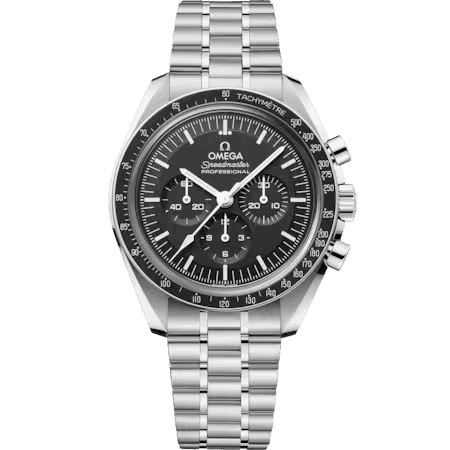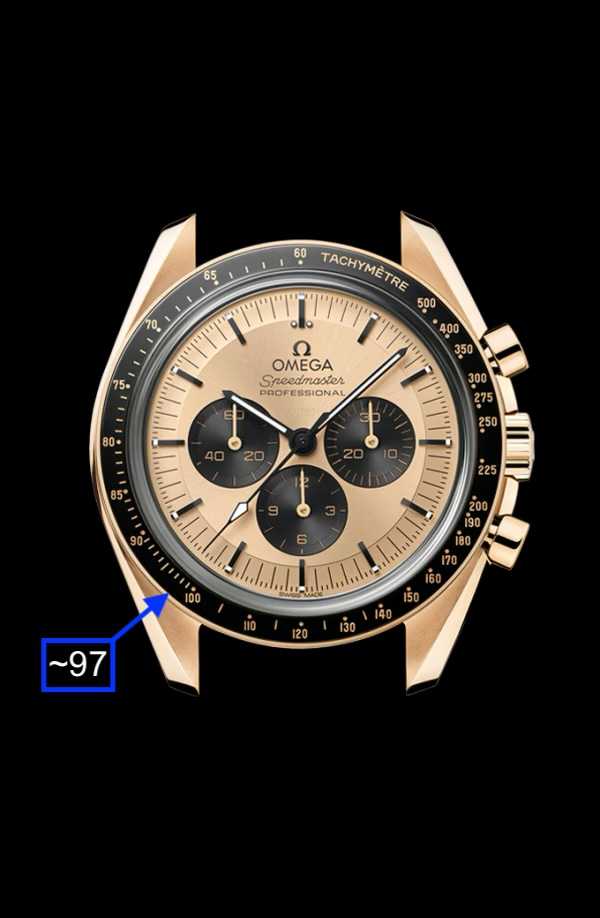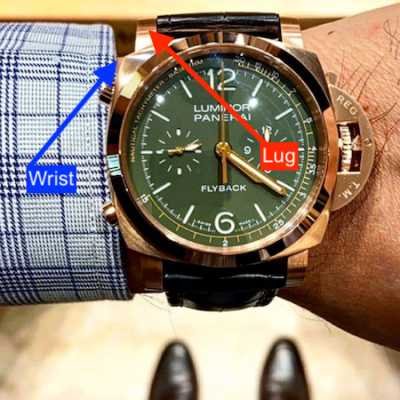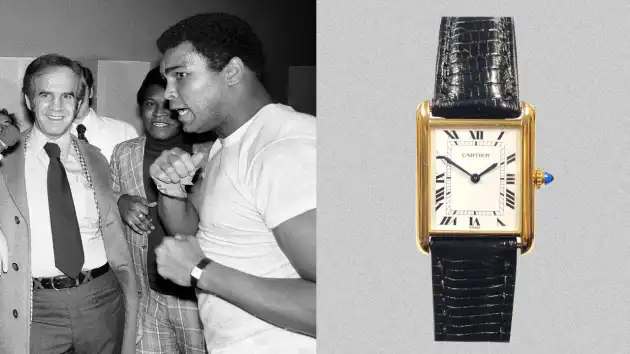When I was planning my wedding, amongst all the chaos of booking venues, hotel rooms, and a horse 🥁 🐴 🇮🇳; my in-laws presented me with an unexpected gift: a watch. I had dabbled in watches previously in college, but when the Apple Watch came out, it did for me what it's done for so many others - it became the only thing I wore.
Assuming this would be one of the most expensive things I ever owned, I immediately began researching. Let's dive into what I learned in that time, the watch I ended up choosing, and other helpful resources for those looking to dip their toe into this hobby.
What watches are not:
Let's start by addressing some pre-conceived notions of what watches aren't.
Accurate Timekeepers
The ironic thing you learn when researching watches is that they're actually not all that great at the one thing they're meant to do. Mechanical watches are completely analog; made up solely of springs and gears doing their best to beat along with our man-made divisions of time. Even the best chronometer-certified pieces can expect to lose roughly 5 seconds per day. Your microwave keeps better time.
Note that this criticism is levied solely at "mechanical" watches, which are watches that do not use a battery. Quartz pieces are much more accurate. When Seiko launched the first quartz watch in the 70's, it led to the "quartz crisis"; threatening the entire mechanical watch industry due to their now-inferior timekeeping. 50 years later, mechanical watches are more popular than ever. Humans are funny.
Investments
It seems that anyone who's ever purchased a luxury watch has justified it as an "investment". It is true that over long periods of time, a few select pieces have increased in value, but it happens so rarely I can't in good conscience recommend anyone strive for this. Rolex alone is estimated to produce nearly 1 million watches every single year. Yours is not special. Appreciate your watch for what it is, a beautifully constructed piece of jewelry that keeps okay time. It's not going to make you any money.
My Watch
After weeks of tedious research and overthinking, I ultimately decided on the Omega Speedmaster Professional. This is likely the most famous watch you've never heard of. The "Moonwatch" gets its nickname for being the first timepiece worn on the moon, and continues to play an active part in space travel to this day.
Given the prominence and notoriety of this piece, you might think it a rather unoriginal choice. I would agree. The classics are just that for a reason though. At the time, I assumed this would likely be the only luxury watch I would ever own. I didn't want to get cute and pick something I might regret later. On the contrary, I have grown to love this watch more over the years. It's an incredible combination of craftsmanship, understated elegance, and historical significance. I've never once heard a rapper flaunt their Omega. Wouldn't have it any other way.
Hesalite Vs Sapphire
While there are countless variations of the Speedmaster, one noteworthy thing about the moonwatch is that it comes with the option for two different types of crystal (the glass covering the front of the watch). Sapphire is the most commonly used crystal in luxury watches due to its durability and scratch-resistance.
So why would anyone choose Hesalite? It's the crystal used by the astronauts on the space missions. Hesalite is a type of plastic renowned for its shatter-resistance and clarity. Sapphire, while being incredibly durable, could technically shatter under high enough impact, proving disastrous on a space mission. The trade-off with Hesalite is that it scratches incredibly easily. Anecdotally, reports I've read from those who bought the Speedmaster with Hesalite in order to get the "real astronaut experience", have regretted it. You can buff out Hesalite scratches, but I didn't want to constantly be polishing my watch. You can read more about the pros / cons between the two crystals here.
Glossary of Terms
Automatic
Automatic watches are watches that wind themselves while being worn on the wrist. This is contrasted with "manual-winding" movements which are wound by turning the crown of the watch.
Movement
The movement is the heart of your watch. Some watches will have part of it exposed on the dial, while many more will allow you to view it through the back of the case. A Lange & Sohne in particular is known for the amount of detail they put into their movements.
You'll often hear about a movement being "in-house". That means that the watch manufacturer made the movement themselves. On the whole, this is often considered more desirable amongst enthusiasts.
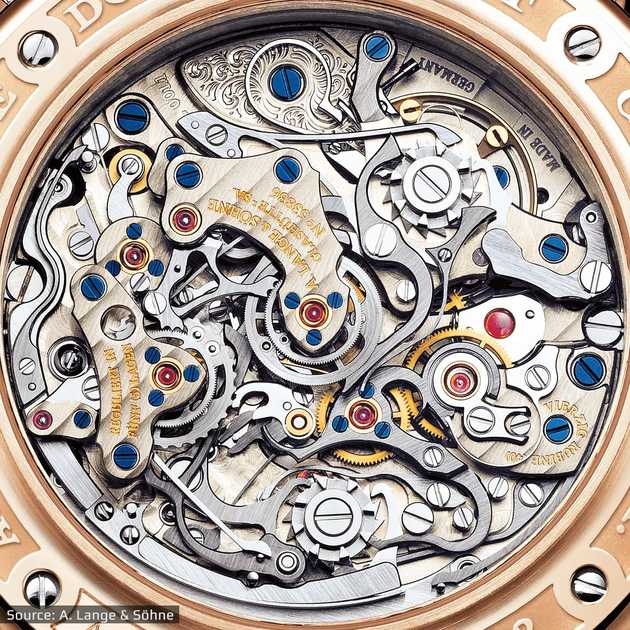 Example of an A. Lange & Sohne movement. A true piece of art.
Example of an A. Lange & Sohne movement. A true piece of art.
Chronometer
A chronometer is a simply a "highly accurate" timepiece. There is no strict definition for it, but a commonly accepted one would be if the watch has been COSC certified. The COSC is a Swiss non-profit that tests watches in a variety of conditions over 15 days. The watch must stay within +/- 6 seconds per day. Many manufacturers will hold their own certification processes that build upon COSC, including Omega's METAS.
Complications
Chronograph
It's easy to get "Chronometer" confused with "Chronograph". While a "chronometer" is simply a standard of timekeeper, a "chronograph" is a watch complication. You can basically think of it as an integrated stopwatch. These are fairly common, especially in watches that were originally intended for racing, like the Speedmaster.
The way I help myself distinguish between the two is that a "graph" helps you count something, like how a "chronograph" helps you account for how much time has passed. It's not perfect, but sometimes the more far-fetched a mnemonic, the better.
Here's a breakdown of how a basic chronograph works:
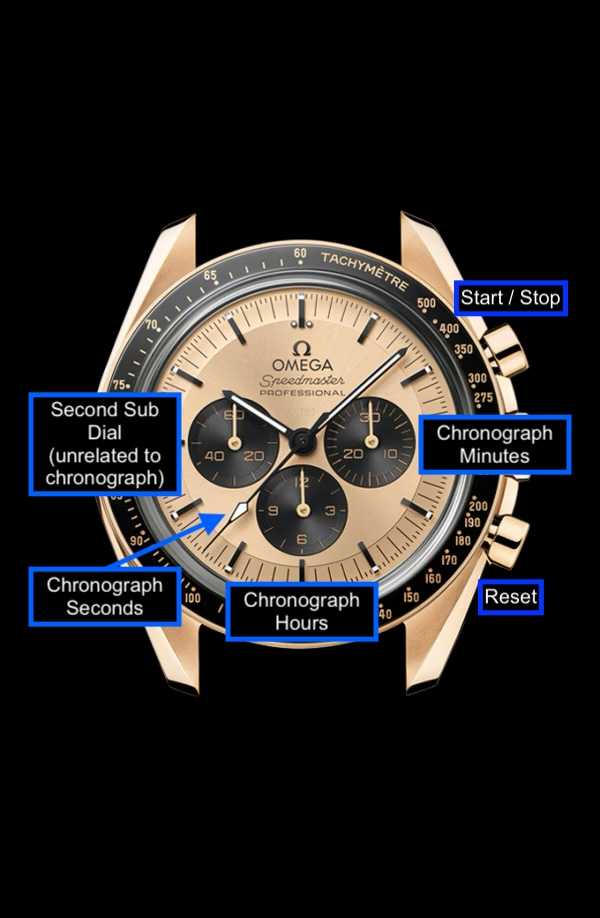
Tachymeter
Speaking of racing, you'll notice that on the outside of the Speedmaster, you'll see a black ring called a "Tachymeter" with descending numbers wrapping around it. This can be used in conjuction with the chronograph to determine pace.
Sticking with its intended purpose, if I'm timing a car going around a one mile track, and the car completes the lap in 37 seconds, I know that the car's average speed was ~97 MPH.
You could also time yourself reading a book. If I complete one page in 45 seconds, I'll know that I can expect to read 80 pages in one hour. How neat is that?
Perpetual Calendar
Perpetual Calendars are awesome. Compared to the common "date of the month" complication, that needs to be reset every other month, perpetuals are built to be accurate date-wise basically forever. Though every 400 years, they will incorrectly account for a leap year and be off by one day. But that's for your great^16 grandchildren to worry about. It's insane to me that that functionality has been possible to achieve with just gears and springs.
A similar complication are "Annual Calendars" which need to be reset every March 1st to account for February's nonsense.
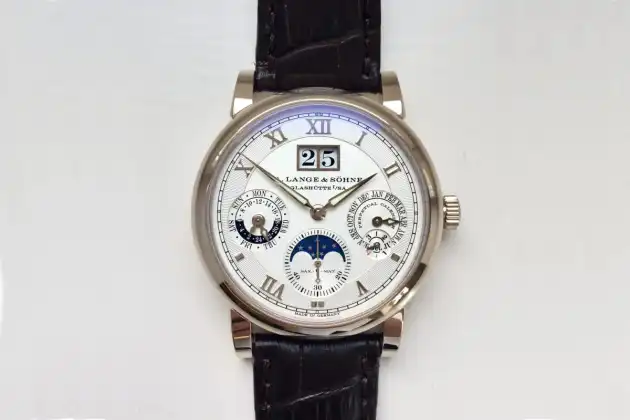 A. Lange & Sohne Perpetual Calendar. Someday...
A. Lange & Sohne Perpetual Calendar. Someday...
On Buying
Authorized Dealers
Authorized Dealers ("ADs") are either boutiques that the brands open themselves, or other businesses (often jewelry stores) that they allow to sell their product. Some brands will often have a waiting list of people metaphorically lined up to buy their product. Many will even require purchase history to move up the list. This is easily the most annoying part of the industry. People often have to wait years, or buy other expensive pieces they might not even want, all for the opportunity to drop thousands more on the piece they actually wanted. Insanity.
Anecdotally, when I had decided on my Speedmaster, I called the Omega boutique in San Antonio and they told me they would be willing to set it aside for me. It was on my wrist the next day. I realize my experience is likely unique. In a world of immediate gratification, the average luxury watch purchase can be surprisingly drawn out.
Gray market
To combat this impatience, the gray market has emerged. Sites like Chrono24 and Jomashop seek to pair sellers and buyers of new and used watches. Naturally, if the item you're seeking takes time to acquire, and you want it faster, you're likely going to pay a premium for it. In some cases, a huge one. The watch world can be an incredibly frustrating game of insane prices coupled with artificially restricted demand. Not to mention, even if you are willing to pay the gray premium, thorough vetting of the seller is needed.
Box and Papers
Regardless of where you purchase your piece from, you're going to want to be sure you obtain the box and papers. These help to prove that your watch is genuine.
A Note on Straps
It's a tad embarrassing to write now, but when I first began to browse, I wasn't aware how easy it was to swap the strap / bracelet on a watch. I overlooked countless pieces because I was too busy nitpicking the accessory rather than the watch itself. It's not quite as easy to swap as an Apple Watch strap, but with a proper tool, it's not too difficult.
I recently bought a nylon / rubber hybrid strap from Monstraps and have enjoyed it so far. The bracelet the Speedmaster comes with is fantastic, but steel bracelets aren't always the most comfortable on wrists swelling in the Texas heat. I would have loved to buy an OEM (original equipment manufacturer) strap from Omega, but the prices are frankly insane. That's watches for ya.
Proper Watch Sizing
This has to be amongst the most common questions asked by newcomers, and understandably so. The world's best watch can look horrible on you if it's not the proper size for your wrist. The easiest way to tell if a watch is too big for you is to strap it on and look at the lugs. If they hang over your wrist, it's too large.
When in doubt, I would recommend leaning small. Men's watches in particular have ballooned in size over the decades, but that doesn't mean my Y-chromosome'd brethren have to wear a large watch. Muhammad Ali wore a Cartier Tank. Which, despite it's bulky sounding name, is puny compared to some modern watches. Yet still looks great.
Resources to Learn More
The resource I learned the most from was a series on YouTube called Talking Watches. Each episode is an individual simply sharing their collection and what each piece means to them. It's a great way to earn an appreciation for watches that I normally would have looked right past. And an even better way to gawk over many more pieces I won't ever be able to afford.
I'd recommend starting with the John Mayer episodes. I could listen to that guy riff on anything 🎸 ⌚.
Other honorable mentions include Teddy Baldassarre's channel and the blog for the hosts of Talking Watches - Hodinkee. From there, start browsing the catalog of any brands you're interested in and let the YouTube rabbithole do the rest. For any watch you're interested in, there are dozens of videos poring over every minute detail of it.
Beware the Monoculture
When you're beginning to research, you'll quickly begin to see a consensus start to swell. Beware of falling prey to the monoculture that can often arise in niches like this. Every watch "expert" seems to have their breakdown of which brands are better than others, which pieces will appreciate, what your first watch has to be, what your collection is missing, et cetera, et cetera. One brand becomes the darling of the watch world for a minute, then becomes fashionable to hate the next. It's become a meme to the point where there's even a subreddit dedicated to mocking it. Research what piques your interest and buy what you like. It doesn't have to be anything more complicated than that.
Wrapping Up
In the end, what is a watch, really? Are they the beautiful apex of engineering and artistry? Are they overpriced displays of wealth? One could make the case for both. The great thing is that there is a piece out there for whatever you're trying to convey.
This is a rabbit hole I never would have expected myself going down. My nature is to be pragmatic, often to a fault. The world of luxury watches is anything but. This incredibly generous gift from my in-laws has sparked an interest that is likely to cost me far more in the long-run than I care to admit. What a fun turn life has taken.

